7 best pest-resistant plants for a bug free yard
Here are the best plants to keep those pests away
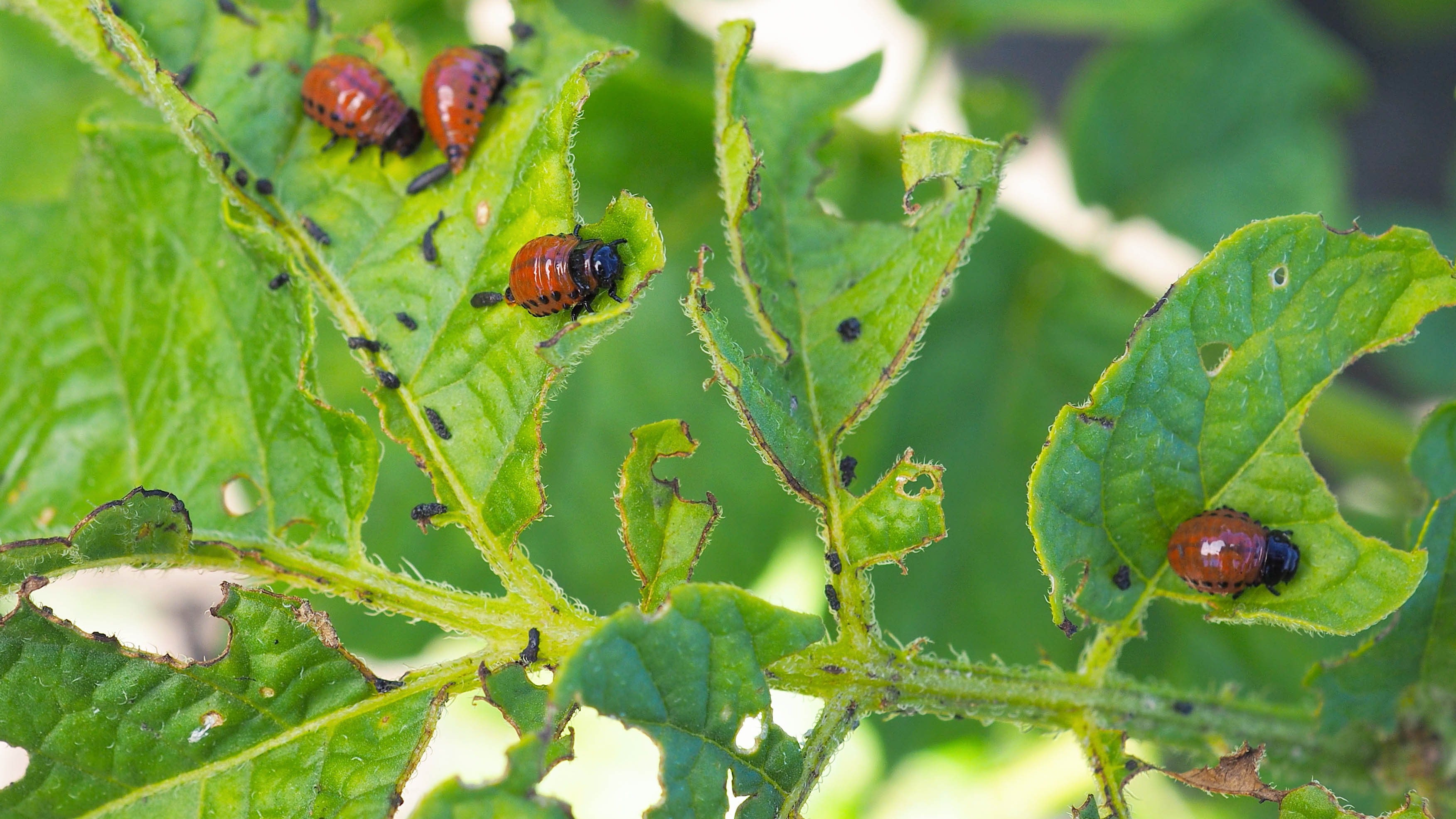
Whether you’re growing plants, flowers, tomatoes or other veggies, it can be disheartening to see them chewed on by bugs or small animals. And while there’s no escaping those seasonal critters that visit your backyard, there are some best pest-resistant plants that will keep them at bay.
In fact, such plants are known to repel pests such as mice, squirrels, spiders, and even cats, and keep them out of your yard. This is because pests are sensitive to smell, and dislike acidic, aromatic scents. Some also steer clear of plant leaves with pointy or textured shapes, since they make it uncomfortable for pests to trample over.
Best of all, these effective repellents are free from toxic chemicals, inexpensive, and are easy to grow or buy from your local gardening center. So, if you want a simple, fuss-free solution, try these 7 best pest-resistant plants for a bug free yard.
1. Lavender
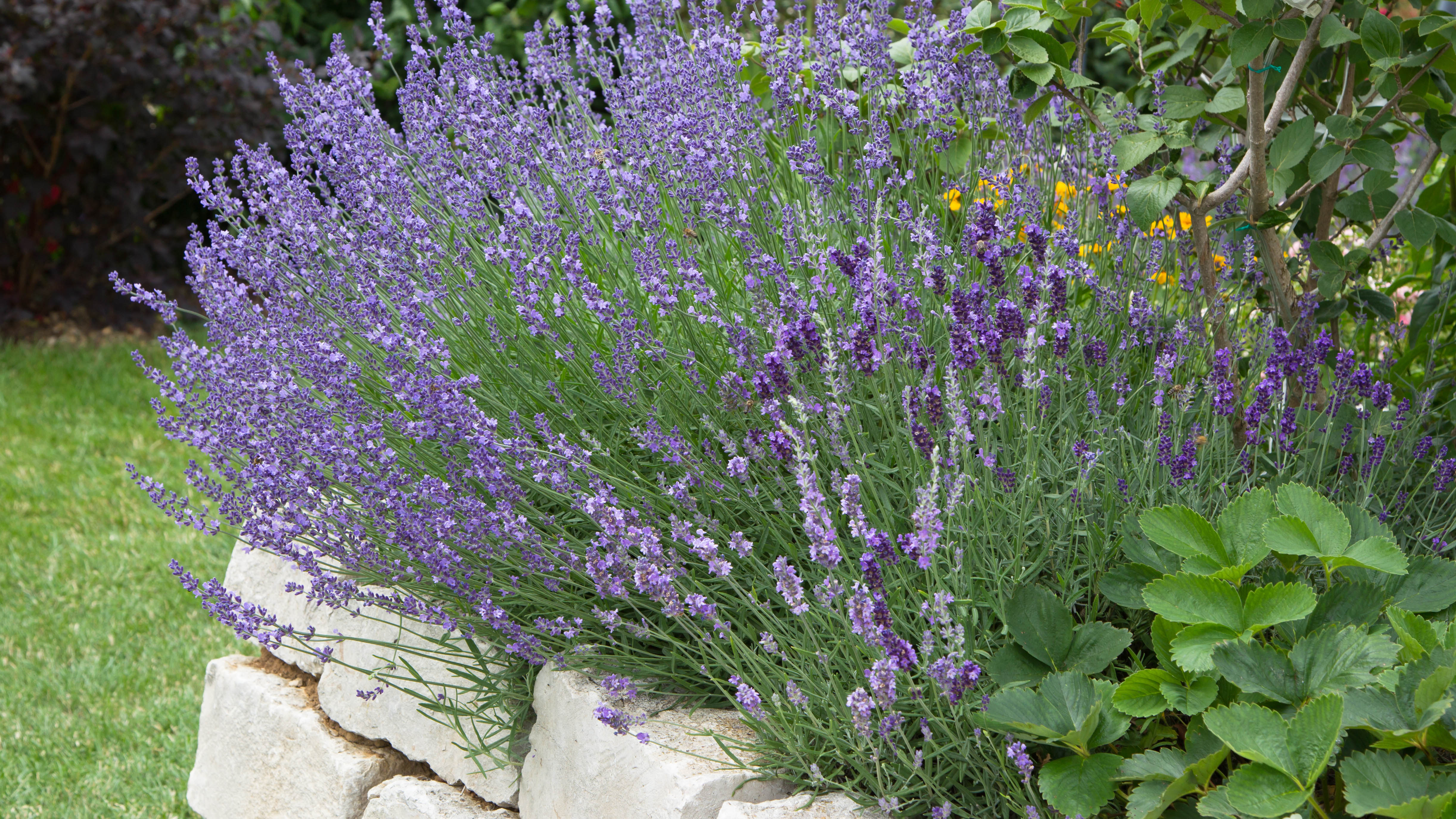
Lavender is popular for its aromatic scent, pretty, purple flower and calming properties. But while we can enjoy the lingering fragrance in our yards, the fresh smell is repulsive to most pests. This is thanks to a non-toxic compound called linalool, which is an essential component usually found in insect repellants.
These hardy, evergreen flowers can be planted all year round, and it’s best to use tall varieties to shield your borders. What’s more, this drought-tolerant plant is low-maintenance, and can last for prolonged periods without water, and even survive bouts of frost.
Since the aroma is known to deter flies, mosquitoes, moths and fleas, you can also use the extracted lavender oil to get a similar effect. Or you can make a homemade spray by mixing one part lavender essential oil to three parts water in a spray bottle before applying in areas around the yard. The powerful fragrance should be enough to keep unwanted pests at bay.
2. Rosemary

We may enjoy this aromatic herb as a delicious garnish for tasty meals, but pests will be put off by its strong, distinctive odor. In fact, rosemary oil is a common ingredient also found in natural pesticides.
Sign up to get the BEST of Tom's Guide direct to your inbox.
Get instant access to breaking news, the hottest reviews, great deals and helpful tips.
Even if you don’t have a herb garden, rosemary is another easy-going plant to grow. It can be kept outdoors or indoors in small pots, and are hardy perennial plants. Simply water it, repot occasionally, and your plant will last long — requiring direct sun and low humidity levels. Additionally, it’s best to place these on a window sill, balcony or any other location where you spot pests appearing.
3. Oregano
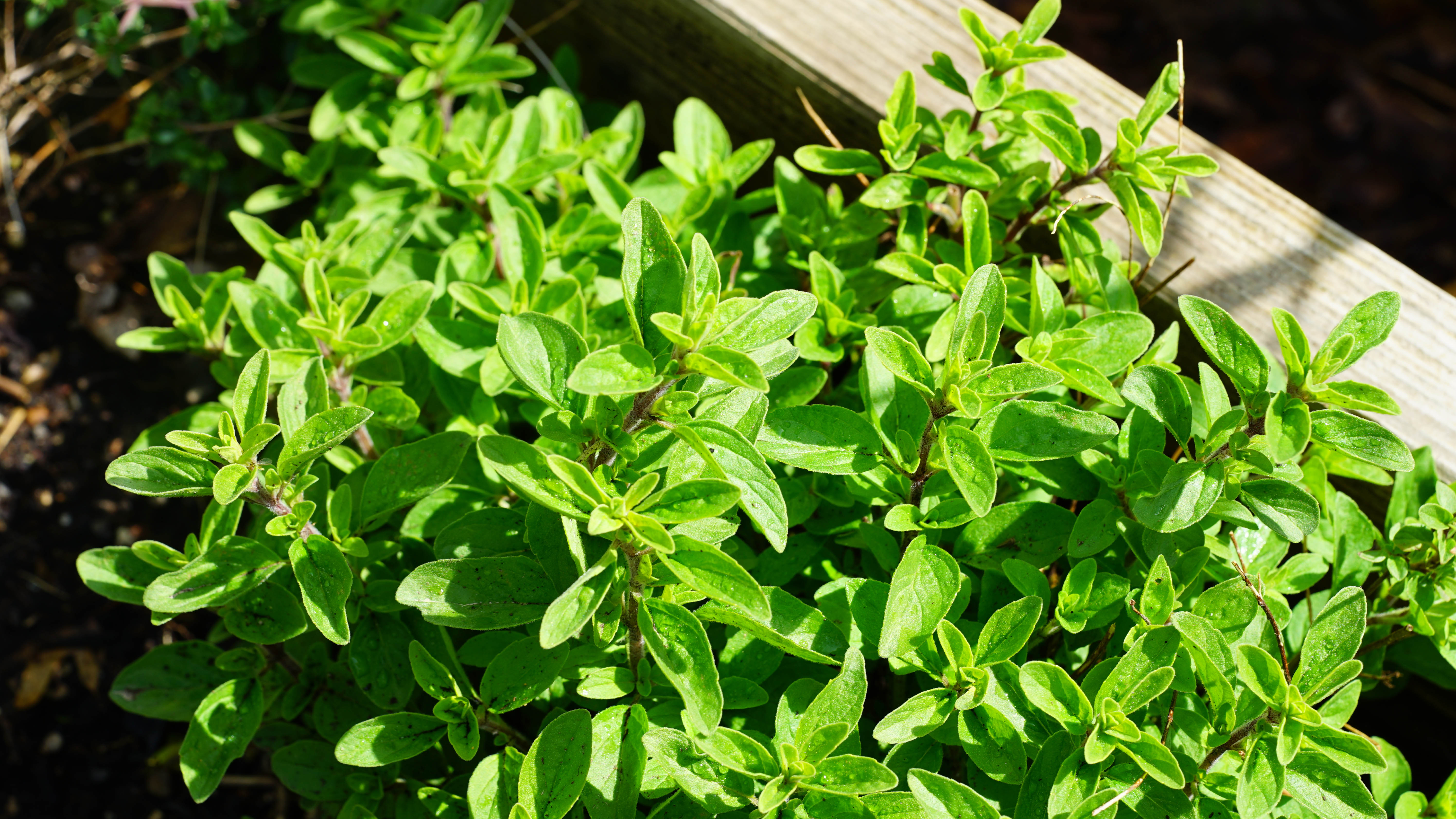
Similarly, oregano is another aromatic herb repulsive to pests. What’s more, this particular herb contains a natural chemical compound called carvacrol, which is known to irritate the respiratory system of cats — should you get any strays wandering into your yard.
Oregano is relatively easy to grow, and performs well in free-draining soil types and conditions. Ideally, plant in terracotta pots outdoors and they will thrive under partial or complete sunlight. If you don’t have the space (or time!) to grow oregano, you can simply sprinkle dried oregano herbs from your pantry around those ‘trouble’ spots in your yard. These should deter pests from attacking your beloved plants or homegrown veggies.
If you do have pet cats however, bear in mind that oregano is toxic when ingested, so best to keep them far away, and out of reach.
4. Geraniums
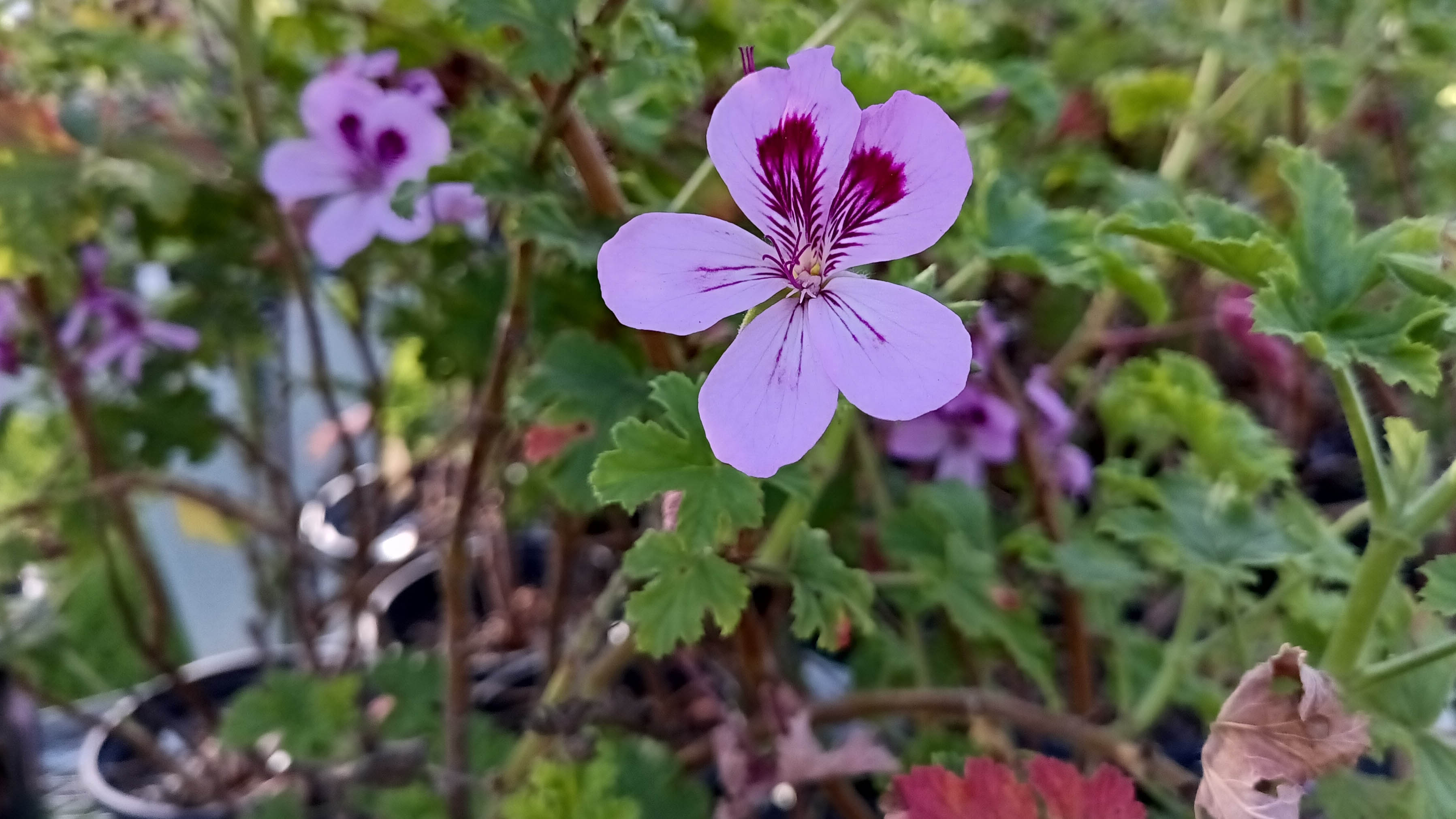
These pretty blooms will not only add a burst of color to any yard, but will also protect it from pests. Geranium fragrance is often described as a combination of citrus and rose, which are the worst scents for pests.
In fact, these humble plants have dual action — their pleasant, yet offensive floral scent and their thorny leaves. These prickly leaves make it difficult and uncomfortable for small pests such as mice, squirrels and cats to walk on to get to your backyard.
Geraniums grow best in USDA zones 3-9, ideally placed in full sun with moist and well-draining soil. These are easy to grow, and tend to be low-maintenance plants — only requiring regular deadheading to help prevent disease and increase healthy growth. These sweet and vibrant plants produce colorful blooms ranging from purple to red to pink, and you can overwinter geraniums for blooms again the following year for a stunning backyard.
5. Marigolds
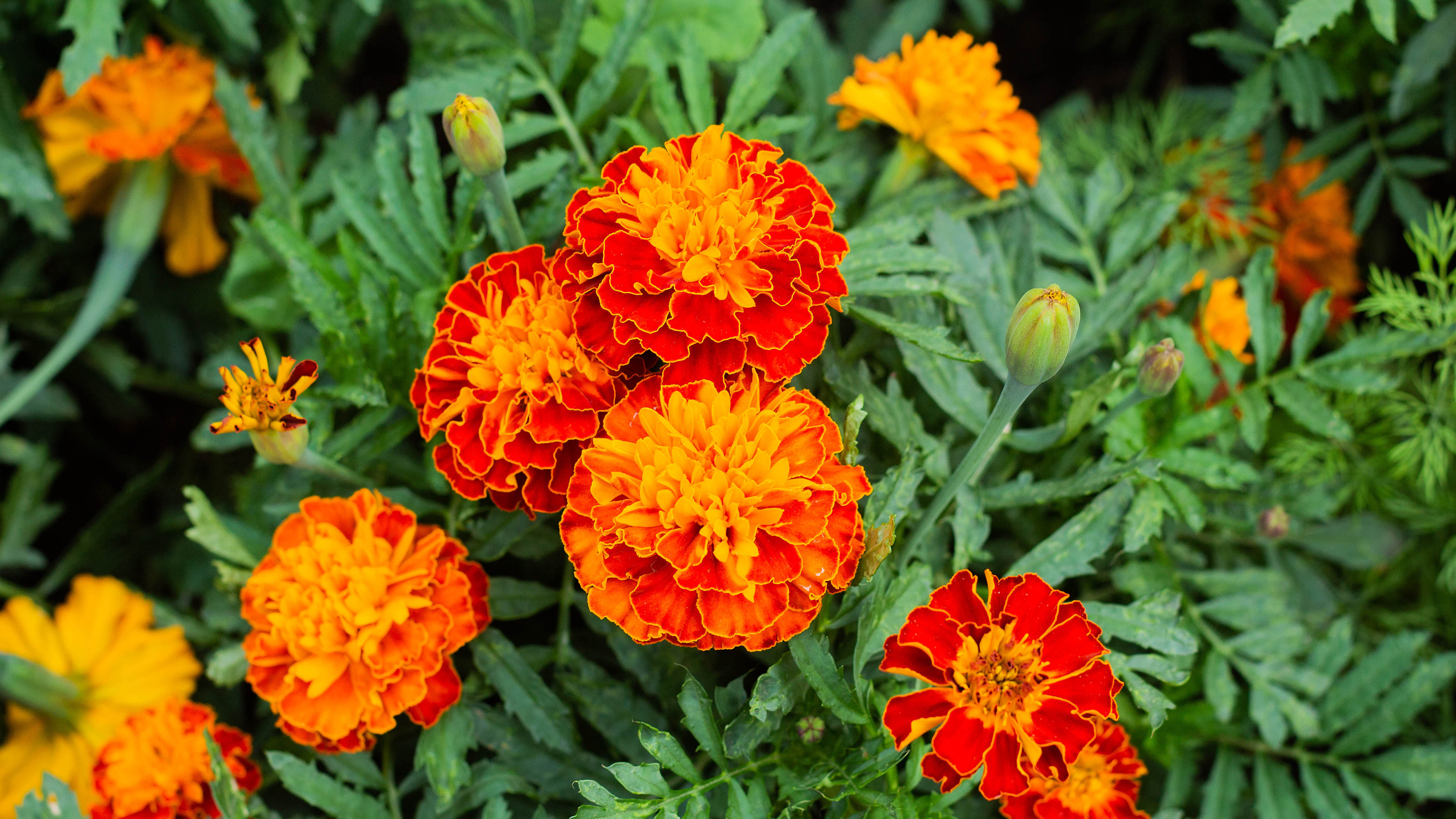
Vibrant marigolds can really brighten up your backyard with their warm, orange and yellow blooms. But these cheerful florals also release the strong, spicy smell called alpha-terthienyl — a phototoxin that keeps pests away, especially aphids. And while there are around 50 species of marigolds, French marigolds are known to have the strongest scent.
In addition, marigolds are very easy to grow, and their root system grows deeply and in abundance. So this pungent smell can also reach deep into the soil, and help to control certain pests that may eat away at your vegetable garden.
Generally, marigolds are low- maintenance, and thrive in full sun, and in moderately fertile, well-drained soil. Also, it’s best not to water marigolds from overhead, instead water at the base of the plant. This is to avoid excess water leading to powdery mildew or other diseases.
6. Lemongrass
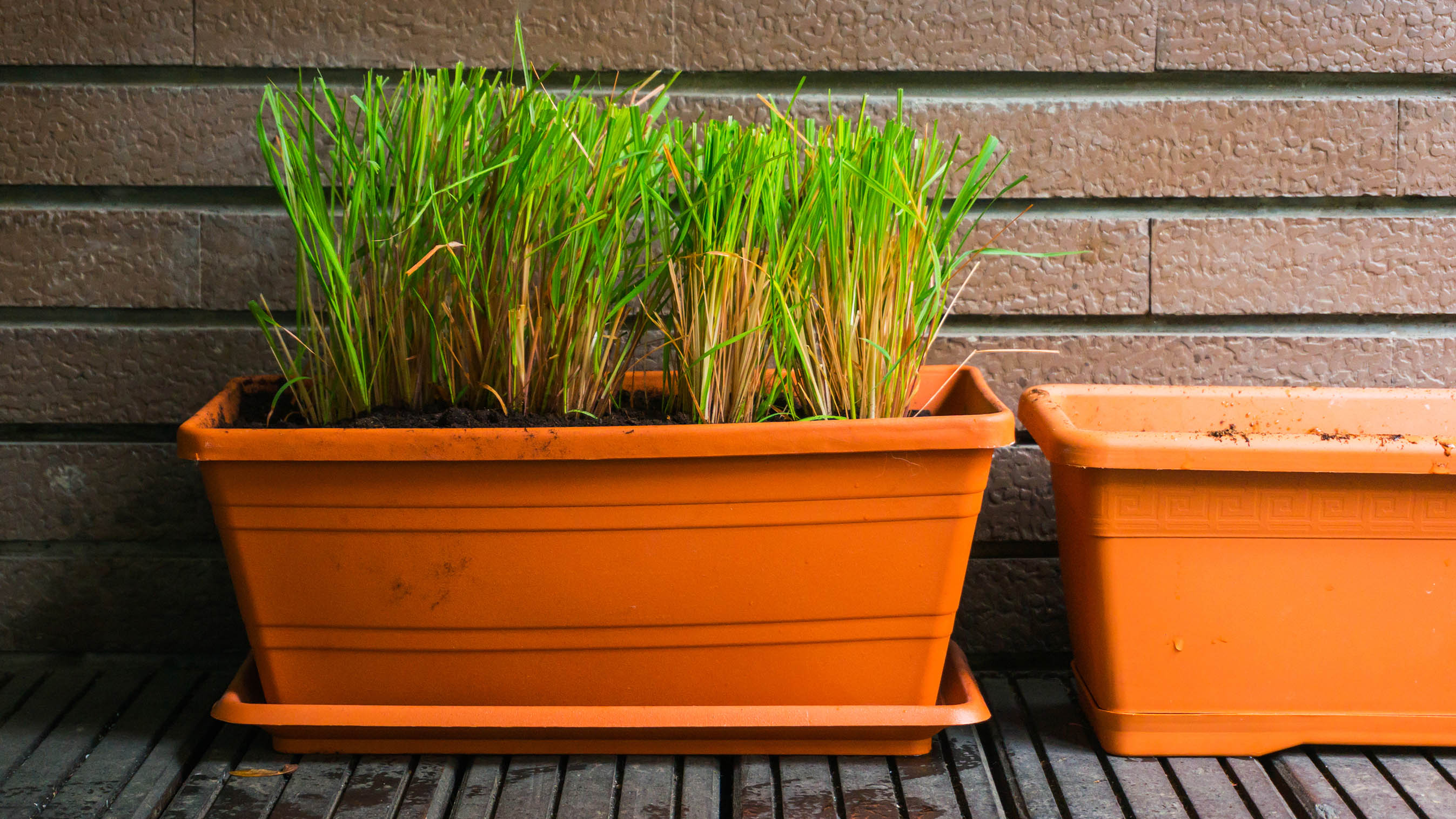
Another strong, fresh scent that is overwhelming to pests is lemongrass or thyme. This tropical, grass-like plant is known for its citrus scent that instantly fills the air outdoors — making it the ideal, natural pest repellent.
In fact, most gardeners use lemongrass in their garden beds to ward off pests, or you can grow it in containers and place them around the yard. Since it’s a tropical plant, it thrives in a hot environment with full sun and temperatures never dipping below 40 degrees Fahrenheit. What’s more, it’s a very low maintenance plant, only requiring regular watering in hot months. However, when planting in a pot, it’s advisable to find a size that is at least 12 inches across and use a high-quality potting soil.
If you don’t have the plant at hand, you can also dilute lemongrass extract oil or essential oils with water, and spray it around the yard. Lemongrass and citronella are the most effective forms of repellents for rodents, mosquitos and other common pests — so it’s certainly a worthwhile investment!
7. Catnip
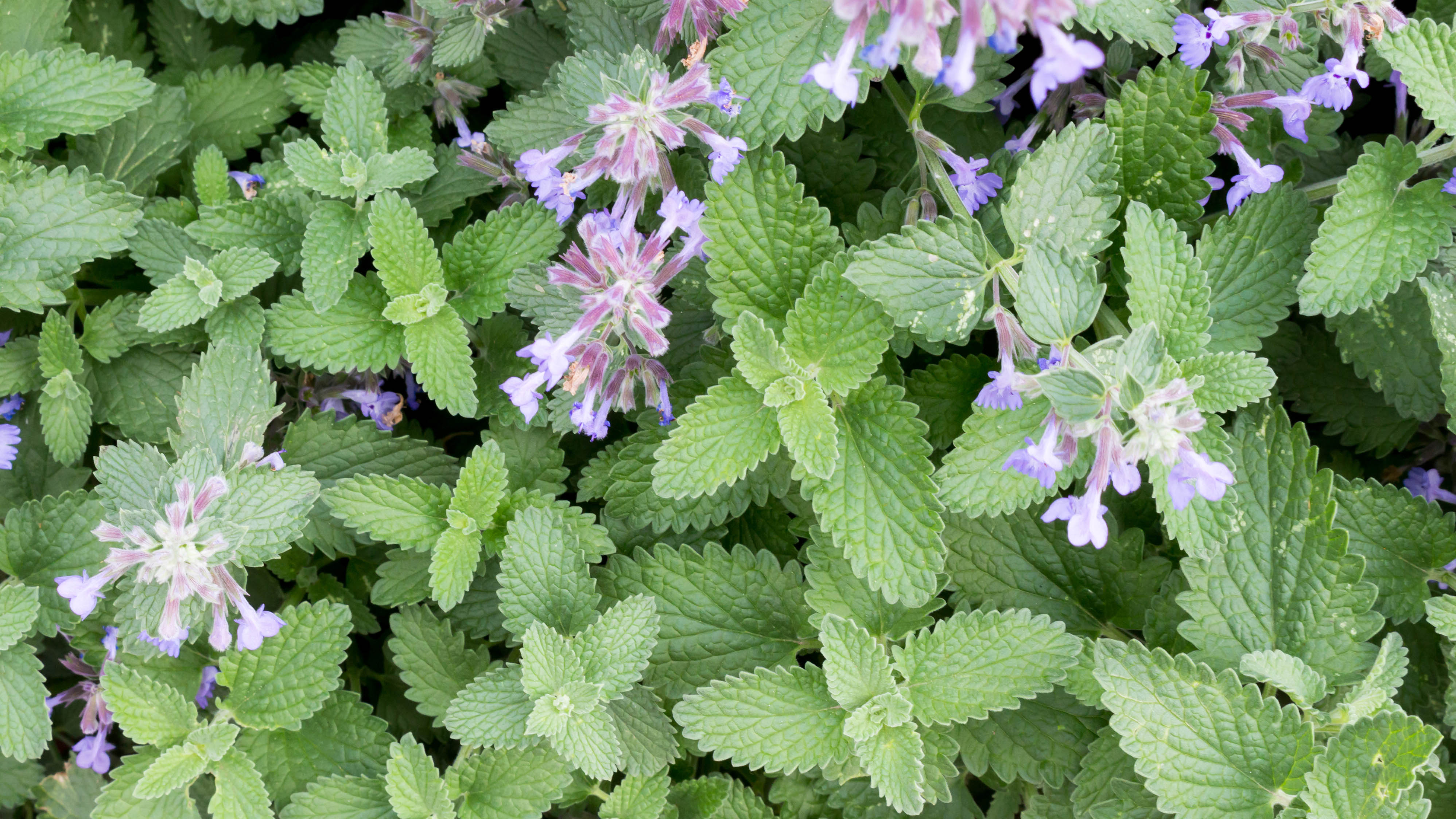
Cats may be attracted to the minty smell of catnip, but it’s not a favorite of pests, especially flies, aphids and mosquitoes. With its green foliage, catnip contains an active component known as Nepeta cataria, which will actively repel insects.
This perennial is very easy to grow indoors or outdoors, and thrives best in warm climates with plenty of sunlight. You can also place it on a sunny windowsill with regular water. Be wary though, catnip is quick to grow, and is best kept in a container, so you can keep on top of its growth and prevent it from overwhelming your space. In addition, catnip is drought-tolerant and deer-resistant, should you ever find deer nibbling around in your backyard!
More from Tom's Guide

As the Homes Content Editor, Cynthia Lawrence covers all things homes, interior decorating, and garden-related. She has a wealth of editorial experience testing the latest, ‘must-have’ home appliances, writing buying guides and the handy ‘how to’ features.
Her work has been published in various titles including, T3, Top Ten Reviews, Ideal Home, Real Homes, Livingetc. and House Beautiful, amongst many.
With a rather unhealthy obsession for all things homes and interiors, she also has an interior design blog for style inspiration and savvy storage solutions (get rid of that clutter!). When she’s not testing cool products, she’ll be searching online for more decor ideas to spruce up her family home or looking for a great bargain!
